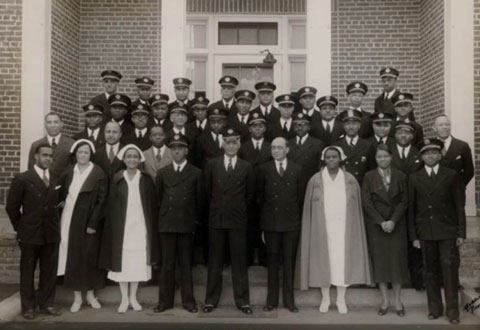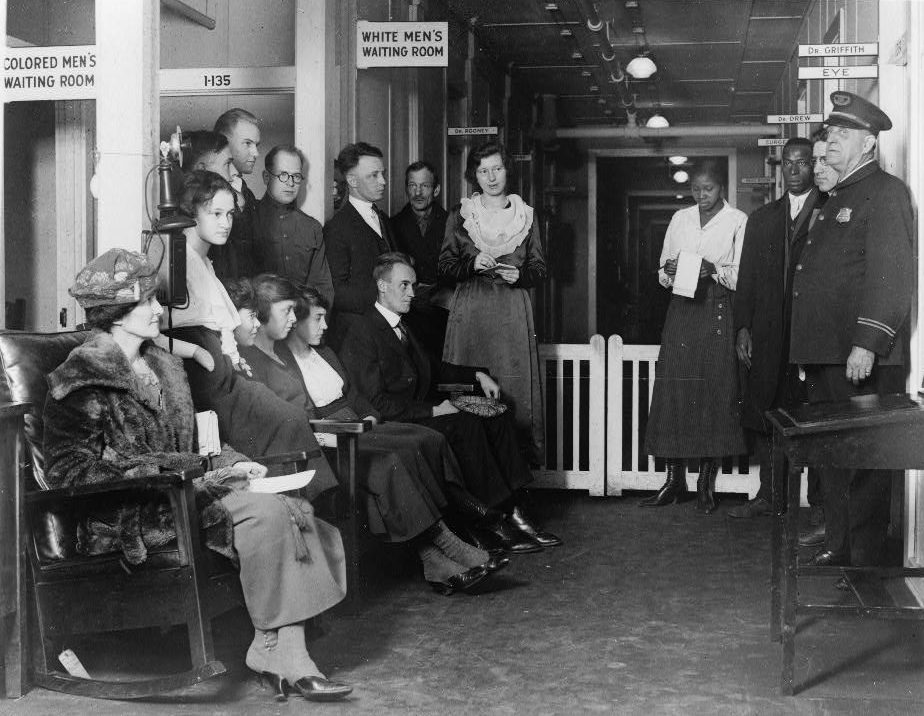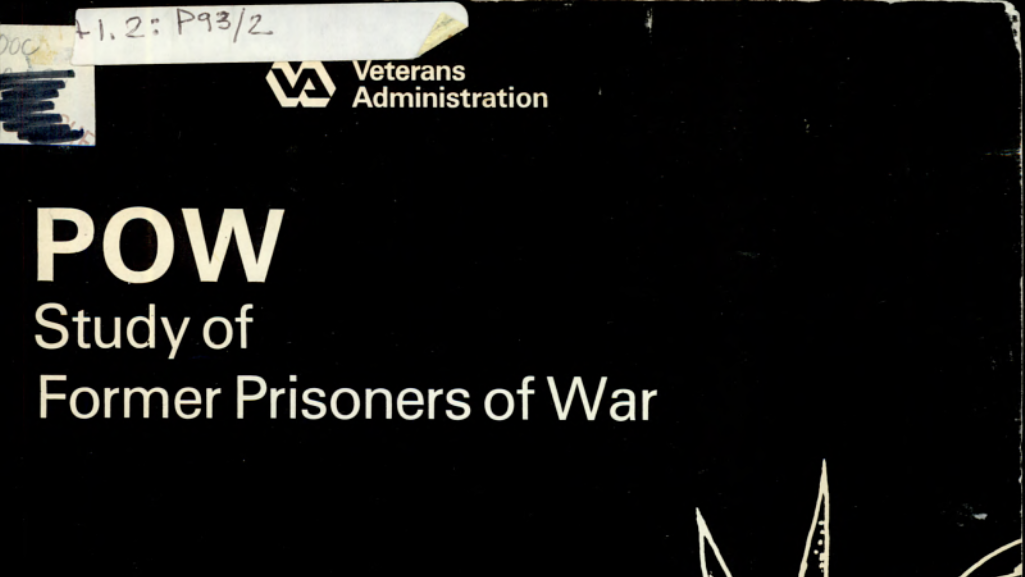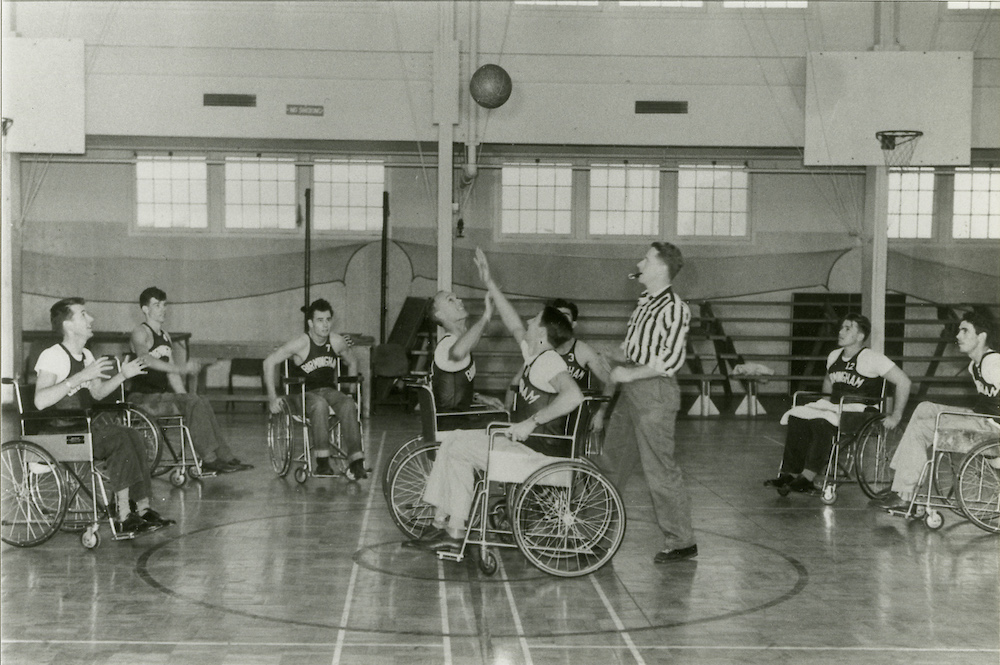
After the Civil War, the Central Branch of the National Home for Disabled Volunteer Soldiers in Dayton, Ohio, and the Southern Branch in Hampton, Virginia, opened their doors to Union Veterans without regard to skin color. The men admitted to these branches found themselves living in two of the nation’s first racially integrated federal institutions.
By the turn of the century, however, the landmark Supreme Court ruling Plessy v. Ferguson allowed institutionalized racism and segregation to prevail in American society. Many Veterans hospitals followed the policies adopted by the military and medical communities and made racial segregation the rule.
To accommodate the growing number of African American Veterans in the south following World War I, the Veterans Bureau opened a hospital in Tuskegee, Alabama, in 1923 reserved exclusively for their use. Originally called the “Hospital for Sick and Injured Colored World War Veterans,” the installation was staffed entirely by Black doctors and nurses. Joseph H. Ward, a prominent Indiana physician who served in the U.S. Army Medical Corps during World War I and afterwards rose to the rank of lieutenant colonel, became the hospital’s director. He was the first African American to hold this position in VA history. The Tuskegee facility operated as the VA’s only Black Veterans’ hospital for thirty-one years, providing care for more than 300,000 former servicemembers.
Throughout the 1920s and 1930s, the VA allowed hospitals to choose their segregation status based on local and regional practices. As a result, many VA hospitals, primarily in the south, maintained separate wards for White and Black Veterans. If a hospital did not have segregated facilities, Black patients would only be admitted in emergency cases until they could be transferred to hospitals that did treat African Americans.
At the end of World War II, knowing that more than a million Black servicemembers would soon be returning to civilian life, the VA explored building another hospital for African American Veterans in Mississippi. However, the National Association for the Advancement of Colored People (NAACP) argued against establishing more racially segregated hospitals like Tuskegee. The NAACP urged VA to fully integrate all hospitals, arguing that “There is no reason whatever why colored and white Veterans should be treated in separate hospitals after having fought and bled together to make victory possible.”
President Harry S. Truman signed Executive Order 9981 desegregating the U.S. Armed Forces in July 1948. While the order applied to VA medical installations in theory, forty-seven of the 166 VA hospitals remained segregated in some form through 1953. That same year, VA Administrator Harvey V. Higley assured NAACP officials that he supported their goals: “We find any semblance of segregation unsocial, uneconomical, and undesirable and we hope the day is not far removed when there will be no semblance of racial segregation in VA Hospitals.” True to his word, he directed VA facilities that still sanctioned some form of racial segregation to end the practice as quickly as possible. On July 28, 1954, the agency formally announced that segregation had been eliminated at all VA hospitals.
By Katie Rories
Historian, Veterans Health Administration
Share this story
Related Stories
History of VA in 100 Objects
American prisoners of war from World War II, Korea, and Vietnam faced starvation, torture, forced labor, and other abuses at the hands of their captors. For those that returned home, their experiences in captivity often had long-lasting impacts on their physical and mental health. Over the decades, the U.S. government sought to address their specific needs through legislation conferring special benefits on former prisoners of war.
In 1978, five years after the United States withdrew the last of its combat troops from South Vietnam, Congress mandated VA carry out a thorough study of the disability and medical needs of former prisoners of war. In consultation with the Secretary of Defense, VA completed the study in 14 months and published its findings in early 1980. Like previous investigations in the 1950s, the study confirmed that former prisoners of war had higher rates of service-connected disabilities.
History of VA in 100 Objects
In the waning days of World War I, French sailors from three visiting allied warships marched through New York in a Liberty Loan Parade. The timing was unfortunate as the second wave of the influenza pandemic was spreading in the U.S. By January, 25 of French sailors died from the virus.
These men were later buried at the Cypress Hills National Cemetery and later a 12-foot granite cross monument, the French Cross, was dedicated in 1920 on Armistice Day. This event later influenced changes to burial laws that opened up availability of allied service members and U.S. citizens who served in foreign armies in the war against Germany and Austrian empires.
History of VA in 100 Objects
Basketball is one of the most popular sports in the nation. However, for paraplegic Veterans after World War II it was impossible with the current equipment and wheelchairs at the time. While VA offered these Veterans a healthy dose of physical and occupational therapy as well as vocational training, patients craved something more. They wanted to return to the sports, like basketball, that they had grown up playing. Their wheelchairs, which were incredibly bulky and commonly weighed over 100 pounds limited play.
However, the revolutionary wheelchair design created in the late 1930s solved that problem. Their chairs featured lightweight aircraft tubing, rear wheels that were easy to propel, and front casters for pivoting. Weighing in at around 45 pounds, the sleek wheelchairs were ideal for sports, especially basketball with its smooth and flat playing surface. The mobility of paraplegic Veterans drastically increased as they mastered the use of the chair, and they soon began to roll themselves into VA hospital gyms to shoot baskets and play pickup games.







